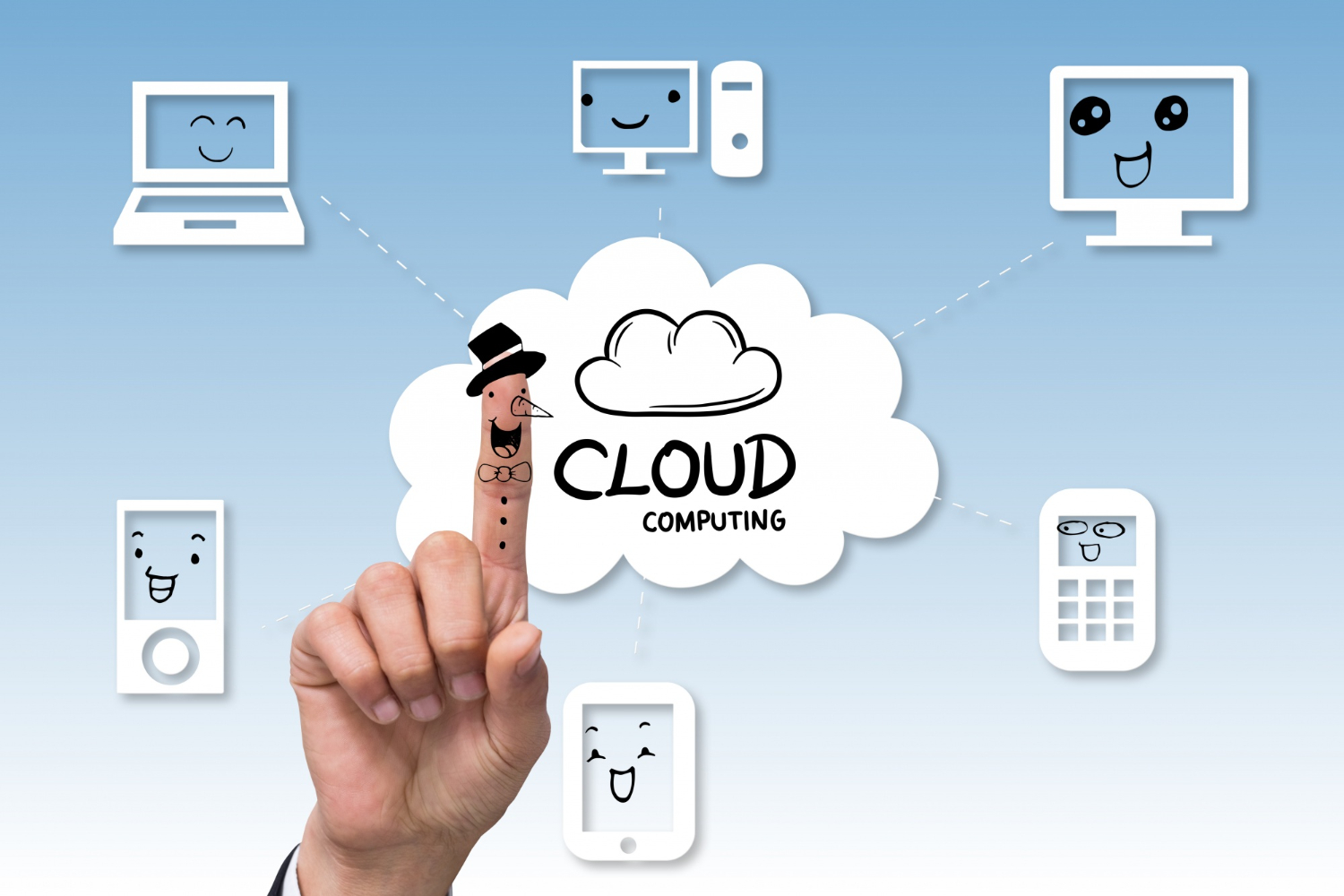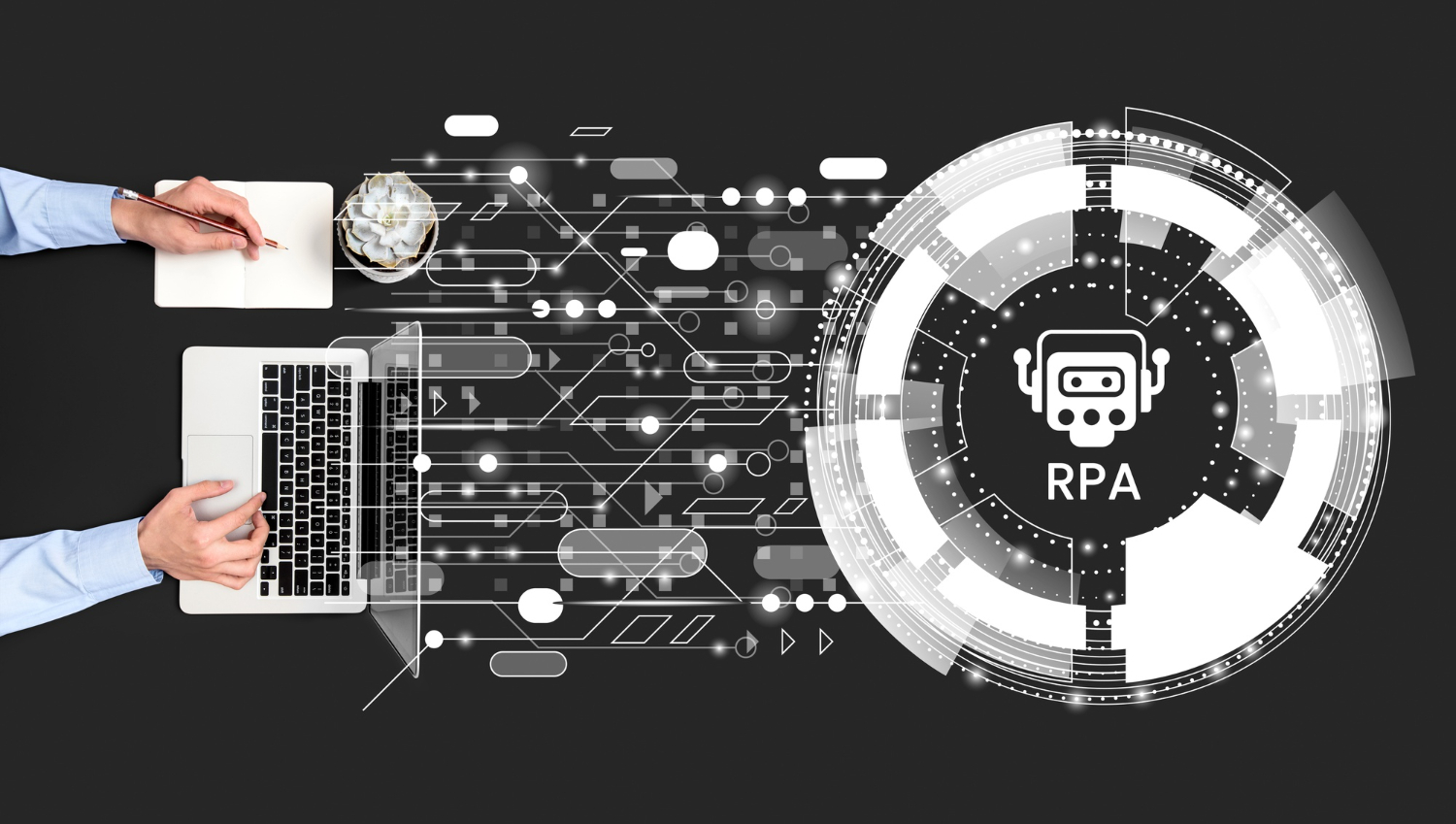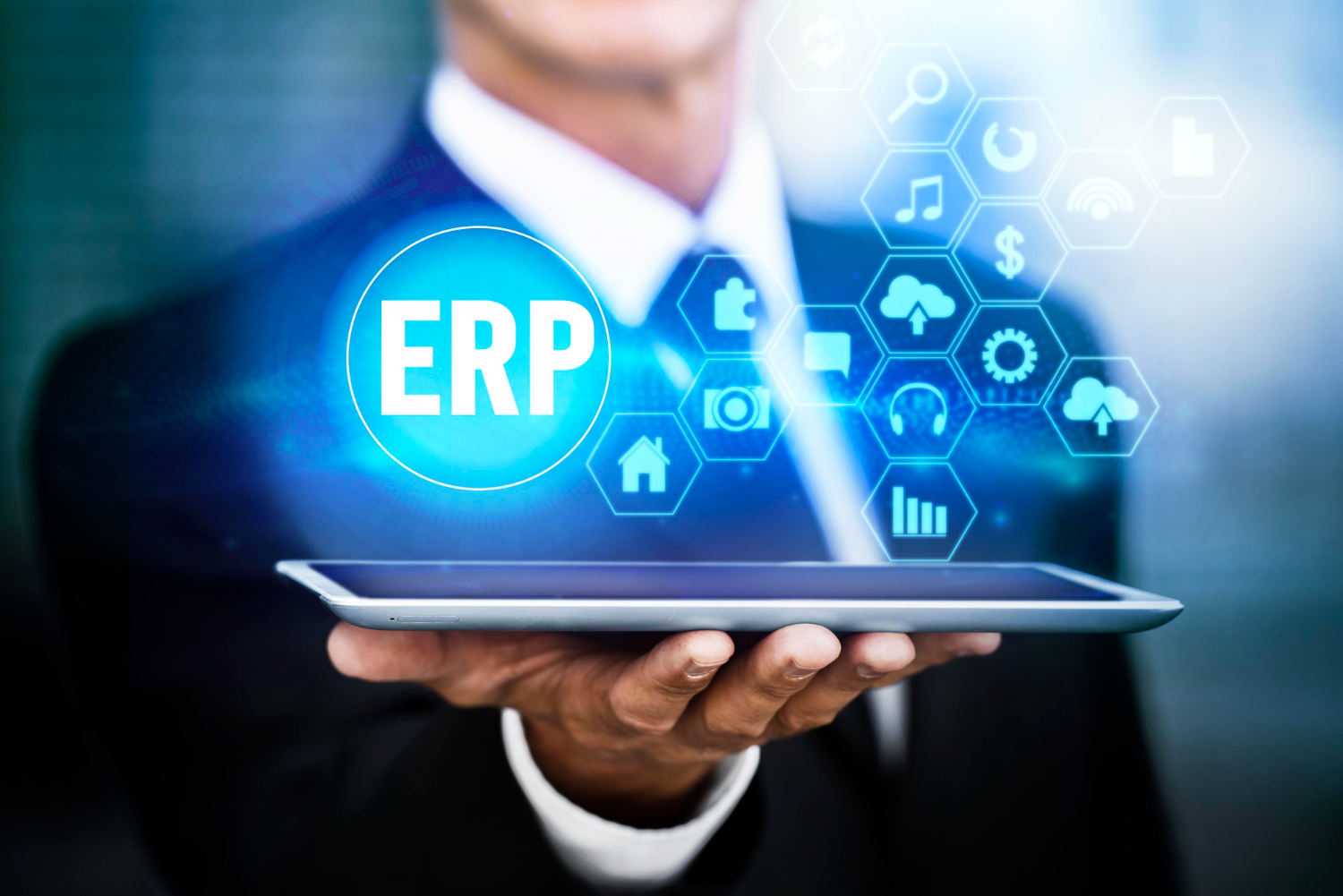In 2025, ERP systems are evolving beyond traditional data management to become intelligent, connected ecosystems that drive real-time decision-making. With AI, automation, and cloud integration at the core, businesses are using ERP to boost efficiency, agility, and strategic growth like never before.
Imagine a business that doesn’t just report on performance, but anticipates demand, adjusts automatically, and alerts you to risks before they arise. That’s the landscape ERP systems are heading toward in 2025. As organizations demand smarter, more agile, and more secure systems, the ERP of tomorrow must evolve. In the following sections, we reveal the ERP trends defining 2025 , and how your business can adapt to stay relevant and competitive.
Cloud-based ERP systems are no longer optional—they're essential. By 2025, over 80% of businesses will rely on cloud ERP solutions due to:
These systems offer real-time access to data, enabling businesses to scale operations efficiently and maintain continuity across distributed teams

Artificial Intelligence is transforming ERP systems by automating repetitive tasks, analyzing trends, and predicting challenges. With AI insights, businesses can:
At Innogenio, we help our clients integrate AI capabilities into their ERP systems so they can operate with more intelligence and less manual effort.

Low-code and no-code platforms empower business users to modify workflows, analytics interfaces, and reports without heavy IT involvement. This democratization speeds up deployment and enables teams to respond quickly to changing business requirements.
Benefits include:
With this approach, Innogenio enables organizations to tailor their systems without long development cycles.

With ERP systems storing vital business and customer information, cybersecurity is paramount. Modern ERP platforms are designed with advanced security measures, including:
These features help reduce the risk of data breaches, ensure compliance with regulations, and protect organizational reputation — something we prioritize deeply at Innogenio.

Sustainability and ESG (Environmental, Social, Governance) reporting are increasingly important. Modern ERP platforms now include features to track:
Integrating ESG metrics into ERP systems allows organizations to measure progress against goals, generate reports efficiently, and highlight their commitment to sustainable operations.

Generic ERP solutions are being replaced by industry-specific platforms. These systems come pre-configured to address sector-specific workflows, reducing the need for extensive customizations.
Examples include:
This approach reduces deployment time, improves adoption rates, and ensures the system aligns more closely with organizational needs.

Large enterprises are adopting two-tier ERP—combining a central corporate system (Tier 1) with localized solutions (Tier 2) for subsidiaries. This hybrid approach allows for:
Innogenio can help design and implement such hybrid ERP architectures so you get both control and flexibility.

To stay ahead in the evolving ERP landscape:
The 2025 ERP ecosystem is shaped by adaptability, intelligence, and innovation. Companies leveraging cloud, AI, low-code/no-code tools, industry-specific solutions, sustainability tracking, and strong security are better equipped for efficiency and growth.
By aligning ERP strategies with these trends, businesses can streamline processes, respond quickly to market changes, and build a scalable system capable of supporting long-term success. ERP in 2025 is no longer just about process management; it is about creating a dynamic, intelligent, and secure foundation that empowers organizations to innovate and thrive in an ever-evolving business environment.
Ready to transform your business with the latest ERP trends? Contact Innogenio today to learn how our solutions can help you stay ahead of the curve.
.svg)
we partner with ambitious teams to solve real problems, ship better products, and drive lasting results.
Read more Case Studies & Insights